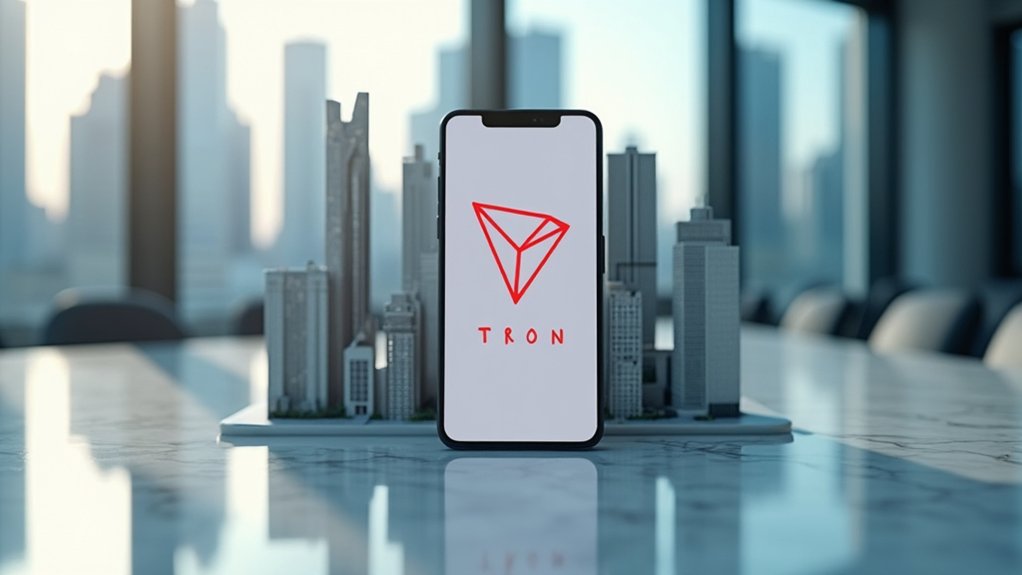Crypto mining stocks have erupted skyward with the kind of enthusiasm typically reserved for dot-com darlings or meme stock frenzies, defying the relatively modest movements in Bitcoin itself—a peculiar phenomenon that highlights how amplified volatility can transform even whispers of strategic partnerships into market-moving catalysts.
The buzz surrounding CoreWeave and Core Scientific‘s potential collaboration has ignited speculative fervor across the sector, proving once again that in crypto-adjacent equities, perception often trumps fundamentals with remarkable consistency.
Marathon Digital Holdings, sporting a $5 billion market capitalization, exemplifies how moderate speculative capital can yield outsized price movements in these relatively small-cap plays. Companies like CleanSpark, which maintain substantial Bitcoin treasuries mined in-house, have witnessed their stock prices gyrate with an intensity that makes Bitcoin’s own volatility appear almost pedestrian by comparison.
These relatively small-cap mining plays transform modest speculative inflows into explosive price movements that dwarf Bitcoin’s own legendary volatility swings.
The mathematics are straightforward: when ETFs holding diversified miner baskets command market caps exceeding $100 billion, individual mining stocks become pressure valves for concentrated speculation.
This euphoria arrives at a particularly ironic juncture, considering the structural headwinds facing the industry. Bitcoin mining confronts record-high network difficulty, with median direct mining costs per BTC expected to surpass $70,000 in Q2 2025. The industry’s surging hashrate now approaches the zetahash era, fundamentally altering competitive dynamics across mining operations. Falling hashprices and anemic transaction fees have compressed revenues post-halving, creating an environment where only the most efficient operators can thrive.
Yet investors continue distinguishing between miners pursuing revenue diversification and those clinging to pure-play strategies, rewarding the former with premium valuations. These regulated companies provide a level of security and transparency that appeals to institutional investors seeking crypto exposure through traditional equity markets.
The entrance of deep-pocketed players like Tether, targeting 450 MW capacity and 1% global hashrate by year-end (backed by $157 billion USDT reserves), signals an industry transformation favoring scale over scrappy entrepreneurship.
Partnership initiatives involving politically connected entities—including the Trump family’s collaboration with Hut 8—underscore how crypto mining has evolved beyond garage operations into a legitimate industrial sector deserving institutional attention. Meanwhile, other digital currencies like Dogecoin continue building robust ecosystems through projects like GigaWallet and LibDogecoin, demonstrating the broader cryptocurrency sector’s ongoing maturation.
Mining profitability remains hostage to electricity costs, network difficulty, and Bitcoin’s price fluctuations, yet stocks like Coinbase, Riot Platforms, and even peripherally-related Nvidia continue attracting investor focus.
Whether this latest surge represents sustainable momentum or another speculative bubble remains the $5 billion question.







